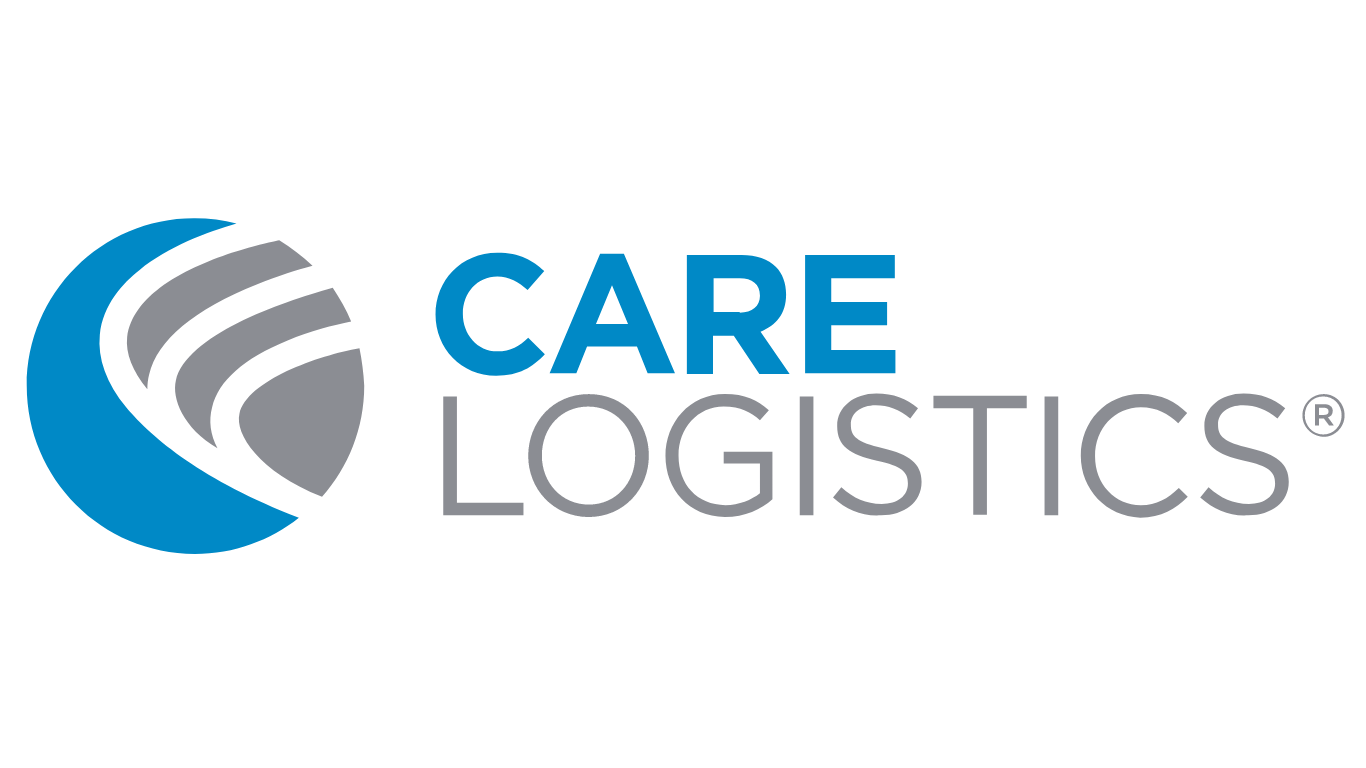Achieving Health Equity Through Improved Healthcare Operations
Healthcare is at a pivotal point, where the need to address and reduce health disparities has never been more critical. As we strive towards bringing accessible, quality healthcare to all corners of our communities, optimizing healthcare operations stands out as a vital strategy. This approach aligns seamlessly with the Quintuple Aim, which focuses on enhancing patient experience, improving population health, reducing costs, improving the work life of healthcare providers, and, crucially, achieving health equity.
What is the Quintuple Aim?
The Triple Aim, introduced by the Institute for Healthcare Improvement (IHI), focuses on improving the patient experience, enhancing population health, and reducing per capita healthcare costs. Recognizing the importance of healthcare provider well-being, the Quadruple Aim added a fourth goal: improving conditions for healthcare providers.
The most recent evolution of this concept, the Quintuple Aim, introduces a fifth critical element: health equity. Health equity ensures that all individuals have the opportunity to achieve optimal health, regardless of socioeconomic status, race, ethnicity, or other social determinants.
Improving a hospital or health system’s operational performance can drive health equity, ensuring that high-quality healthcare is accessible to all and advancing the comprehensive goals of the Quintuple Aim.
The Power of Data and Analytics
One of the primary ways to achieve health equity is through the strategic use of data and analytics. By leveraging data, healthcare providers can gain deep insights into the populations they serve, identifying disparities in care and outcomes. For instance, data analytics can reveal trends in chronic disease prevalence, hospital readmission rates, and access to preventive services across different demographic groups.
With these insights, healthcare organizations can tailor interventions to address specific needs. For example, if data shows that a particular community has higher rates of diabetes, targeted educational programs and screening initiatives can be implemented. Additionally, predictive analytics can help in anticipating healthcare needs and allocating resources more efficiently. This enables additional capacity which helps all communities gain access to the care they need.
Understanding Community Demographics
Aligning healthcare services with community needs requires a holistic understanding of the community you serve. A fundamental aspect of improving healthcare operations is understanding the demographics and unique characteristics of the communities served by hospitals and health systems. Demographic factors such as age, ethnicity, socioeconomic status, and cultural background significantly influence healthcare needs and outcomes.
For instance, a hospital serving a predominantly elderly population may need to prioritize geriatric care services and take accessibility measures to ensure a positive outcome within both the acute care setting and when developing the post-discharge plan. Conversely, if an organization is in an area with higher rates of substance abuse, corresponding resources should be prioritized to meet the demand for that type of care. Understanding the needs of your community will ultimately result in better access to care.
Tailoring Services to Community Needs
To serve communities better, healthcare providers must look beyond demographics and delve into the specific health challenges and preferences of their populations. This involves engaging with community members to understand their healthcare experiences and expectations. Patient surveys, community forums, and partnerships with local organizations can provide valuable insights into the barriers and facilitators of healthcare access.
Addressing social determinants of health, such as housing, transportation, and food security, can significantly impact health outcomes. Healthcare providers should collaborate with their community and its social services to address these determinants, ensuring a comprehensive approach to patient care.
For example, language barriers can be a significant obstacle in diverse communities. Hospitals can address this by employing multilingual staff and providing translation services. Additionally, cultural competence training for healthcare workers can enhance their ability to deliver care that respects and aligns with patients' cultural beliefs and practices. By taking these factors into account, healthcare providers can design and implement operational improvements that ensure the daily processes of staff include specific actions to meet the unique needs of groups in the community.
Partnering with the Right Vendor
Achieving health equity through improved healthcare operations often requires collaboration with external partners. A mutually beneficial partnership with a vendor like Care Logistics can expedite this goal. With the right vendor, healthcare organizations can access advanced tools and technologies designed to optimize operations, which enable them to successfully deliver on strategic objectives such as those highlighted by the Quintuple Aim.
Care Logistics offers comprehensive solutions for operational improvement. Our CareEdge™ digital overlay technology can integrate with existing IT investments such as your EHR and other systems that capture information on social determinants of health. It combines the data from these various sources to provide real-time, historical, and predictive data and analytics to support decision-making. Additionally, the predictive insights offered by this type of technology can help you better strategize for meeting the unique needs of your community. Vendors like Care Logistics can also assist in restructuring the people and processes within healthcare systems, ensuring that operations are not only efficient but also equitable.
Holistic Approach to Operational Improvement
For organizations trying to meet the goals of the quintuple aim, it's essential to adopt a holistic approach to operational improvement. This means looking at the entire healthcare system, rather than focusing on individual levels or areas. Every aspect of the healthcare delivery process must be optimized with a lens aimed at improving quality and access to care for all patients, including those with unique challenges that can prevent them from receiving or even seeking out the care they need.
Achieving health equity through improved healthcare operations is a multifaceted endeavor that requires a strategic and inclusive approach. By leveraging data and analytics, understanding community demographics, tailoring services to community needs, and partnering with the right vendors, healthcare organizations can make significant strides toward reducing health disparities.



